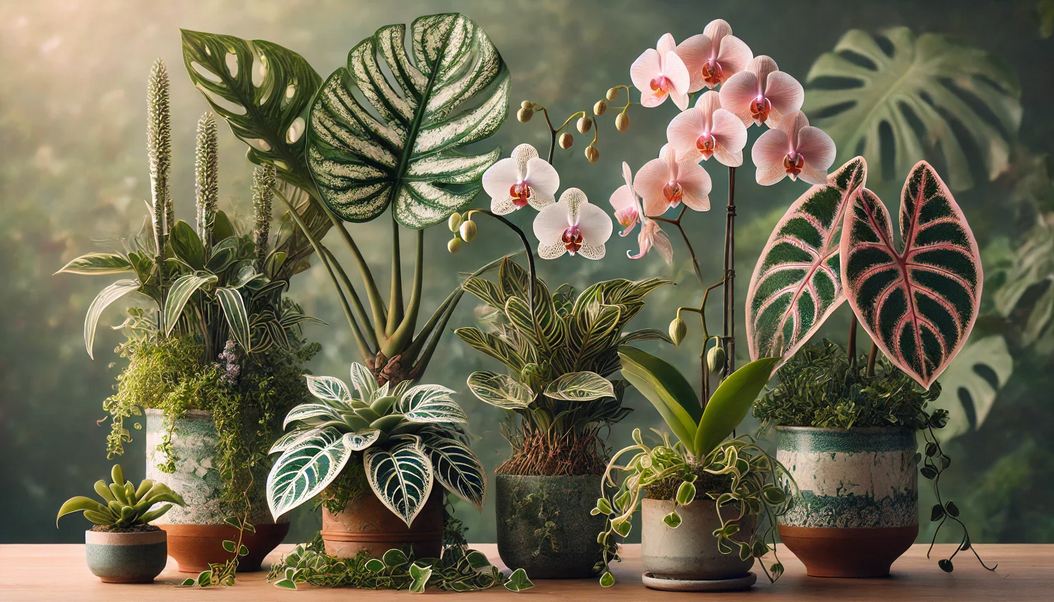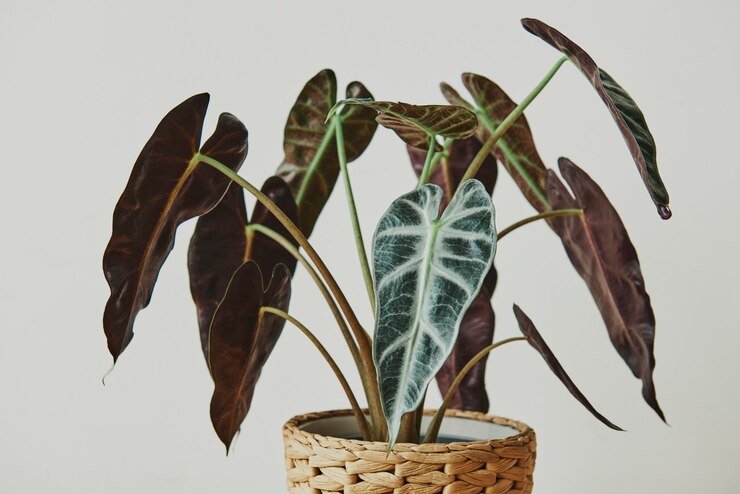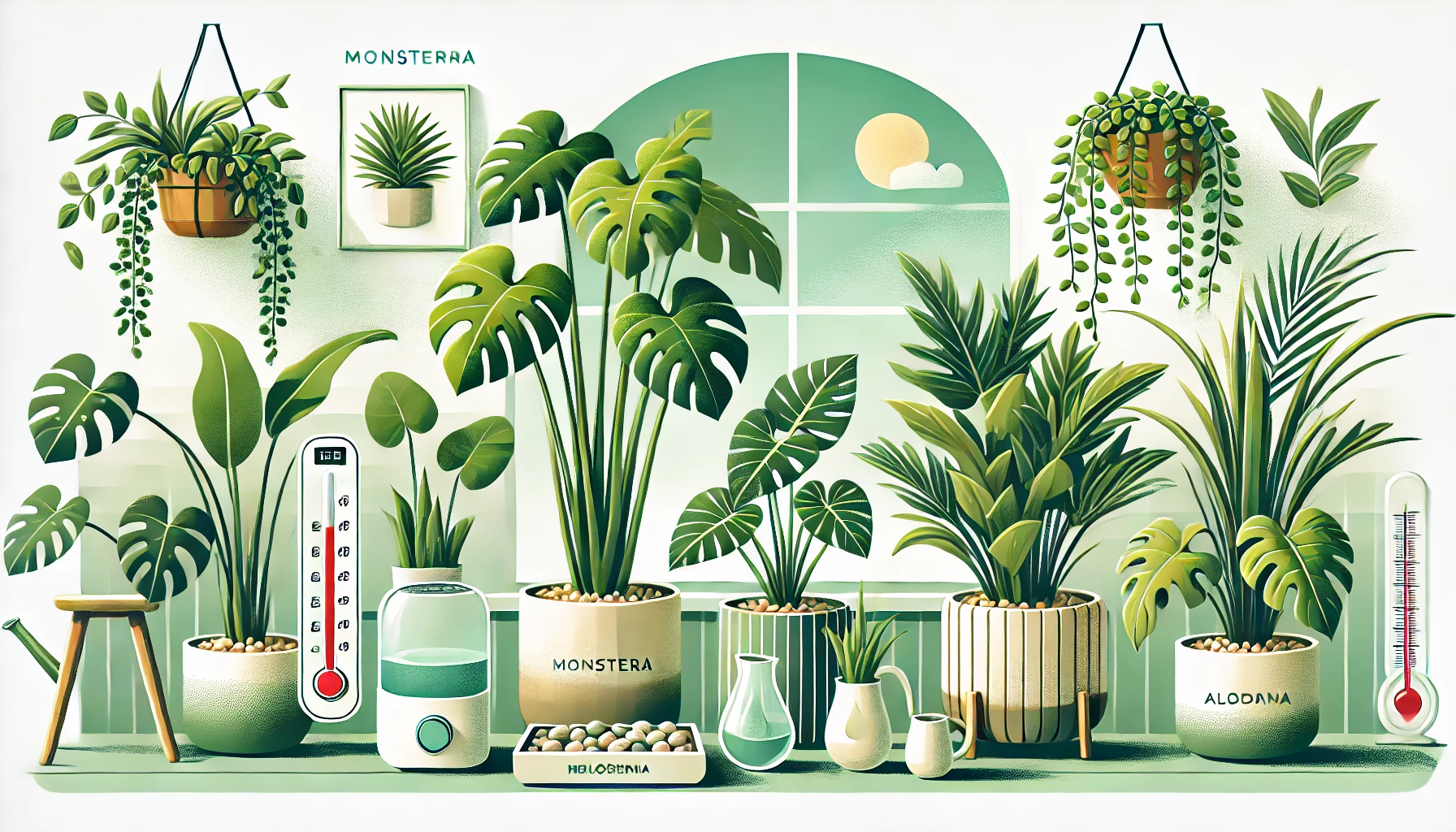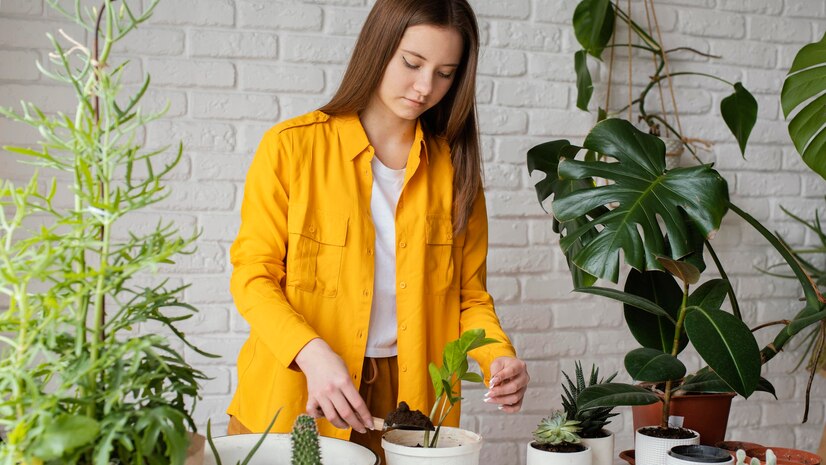Uncovering the Secrets Behind Their Price
Exotic flora has become a luxury commodity among flora lovers all over the world. One would wonder, why must rare tropical plants become so expensive? There are a number of reasons these green beauties are this expensive, from their traits down to minute details of their cultivation. Now, let us enter into the kingdom of rare tropical plants and find what makes them this luxurious.
Unique Features of Tropical Rare Plants
The singular features mark the first clue why these rare tropical plants are so expensive. While most houseplants would be considered normal, the usual traits of rare tropical plants are so striking in features that turned them into noticed objects: a riot of color, pattern, or shape that beguiles collectors and aficionados.
Others have their foliage variegated in different colors, turning into mesmerizing patterns. Examples include the Monstera Albo Variegata and the Philodendron Pink Princess. All that is brought about by some genetic mutation taking place within the plant. That is what makes a plant valuable because it is now different.
Rarity and Limited Supply
Contributing another crucial element toward their higher price is the rarity of the plants. Most of them originated in very remote regions of the tropics, and besides, it is not easy to raise them in high amounts. Because access to their natural habitat is very limited, it often becomes a problem for growers to source these plants without distorting the local ecosystems.
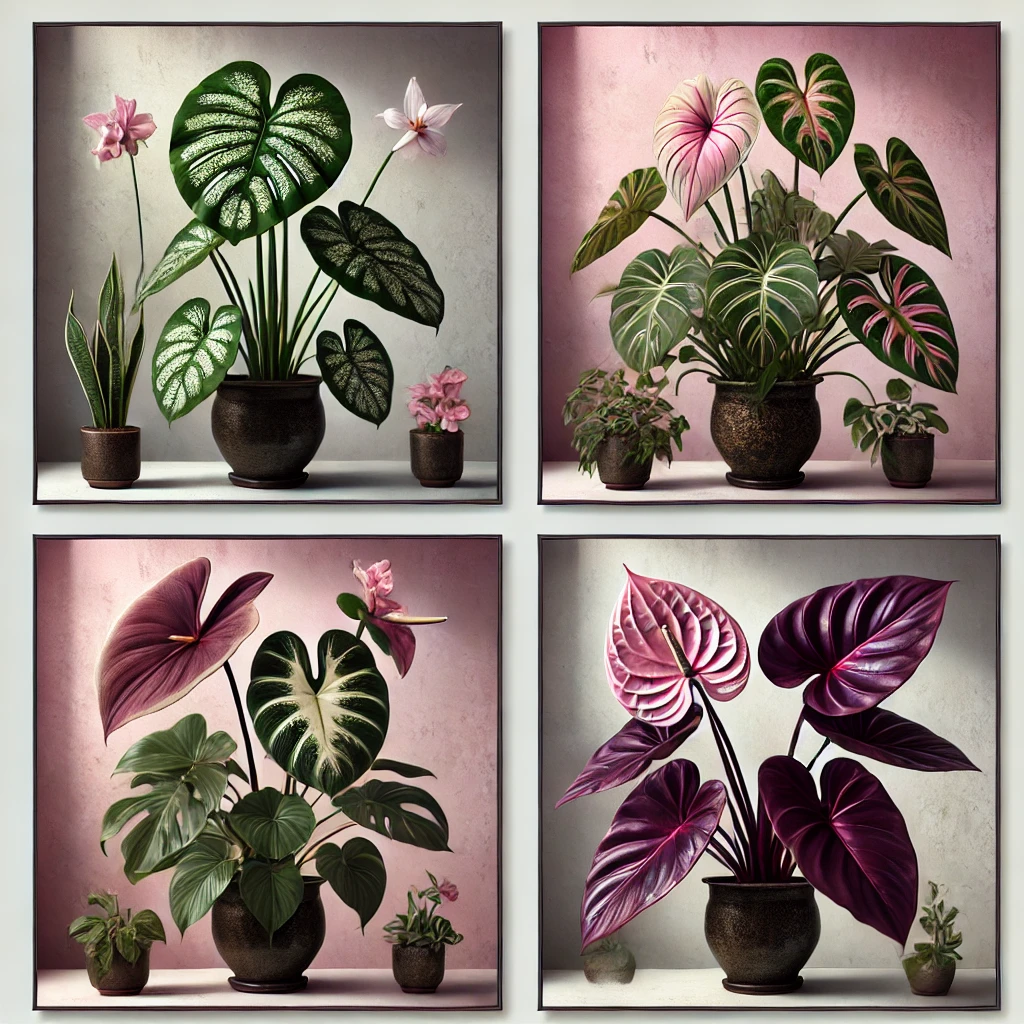
Besides, some tropicals are very rare and grow really slow, adding to their unavailability. For example, the Philodendron Gloriosum is said to grow very slowly; it takes months and sometimes even years before it develops the typical velvety leaves. This slower propagation means that fewer plants are ready for sale, adding to the increased market price.
Enthusiastic demand by hobbyists and collectors of the plants
Thus, the last ten years have belonged to the rising tide of plant enthusiasts, a tribe of gardeners whose ranks have been swelled by social media platforms, on which influencers boast of their lustworthy collections. An increasingly thirsty audience, they have contributed substantially to today’s demand for unusual and rare tropical plants, with some growers commanding top dollar for the more unusual species.
Contributing factors in the demand include:
Social media influence: Rare plants have become a status symbol with the help of social media platforms like Instagram and TikTok.
The serious collector of plants would have gone in for the rarest specimen to complete or ennoble his collection, thus paying the highest price for such exclusives.
Limited supply: Since there are more people entering the rare plant market, then there is automatic competition for stock; hence, prices are pushed upwards.
Challenges Facing the Cultivation of Rare Tropical Plants
More on the explanation of why rare tropical plants are priced this way includes the complications in the growing of these plants. Most rare plants require very specific growing conditions to flourish, often necessitating high humidity, exact temperatures, and many times a good deal of indirect light. This can be quite difficult, especially for commercial growers who have to replicate the tropical atmosphere on a much larger scale.
The propagation method can be very labor-intensive. Whereas the plants have their propagations done through simple cuttings, other plant materials employ specialized tissue cultures. Such methods entail time, skills, and financial investments that go into the final sale price.
Import Regulations and Legal Considerations
Some of the rarest tropical plants are protected by international regulations that prevent over-harvesting of such plants so as to ensure their sustainability. The CITES has restrictions on some plant species which in turn restricts its trade. Often, the available regulations hamper the importing and exporting of rare tropical plants into or out of a nursery due to which additional costs are added up.
Such regulations often require growers and sellers to pay fees and do immense paperwork. They might need to receive permits and certifications proving that they sourced their plants ethically. The added cost of compliance, coupled with the risks of international transportation, places the prices of the unusual tropical plants quite high.
Risk Factors within the Propagation and Transportation of Elusive Tropical Plants
This journey from the nursery to a buyer’s home involves various risks that may decrease the price for such rare tropical plants. The tropical plants are pretty sensitive to the changes in their surroundings, and the long-distance shipment causes damage or even death.
The risk involved forces the sellers to employ special methods of shipment, which entail insulated packaging and express shipment services so that the plant reaches the buyer in the best of health.
These added precautions increase the cost of freight and handling and, therefore, elevate the price of the plant. A seller also must consider the loss that may occur in shipping and adjust for the lost or dead stock by adding increased pricing.
Examples of Expensive Rare Tropical Plants
If you’re still wondering why rare tropical plants are expensive, it helps to look at a few specific examples that highlight the factors we’ve discussed:
A. Monstera Albo Variegata: The flower is large and variegated, sometimes reaching in the hundreds to thousands of dollars, depending on its size and how extensive the variegation is.
B. Philodendron Pink Princess: Extremely in demand and expensive due to its striking pink variegation on dark leaves.
C. Anthurium Clarinervium: The heart-shaped leaves bear striking white veins, and the plant sells at several hundred dollars.
D. Variegated Monstera Adansonii: The uniqueness regarding variegation makes this plant very rare on the market, hence the high price.
E. Alocasia Azlanii-Its deep purple, glossy leaves with a metallic sheen are its rarity and worth.
F. Rhaphidophora Tetrasperma Variegata: Very much in demand due to their small and split-leaf appearance, plus variegation, hence commanding the high price. Philodendron Gloriosum: very slow-growing and with velvety leaves, this plant is in high demand because it’s so rare and, therefore, very expensive.
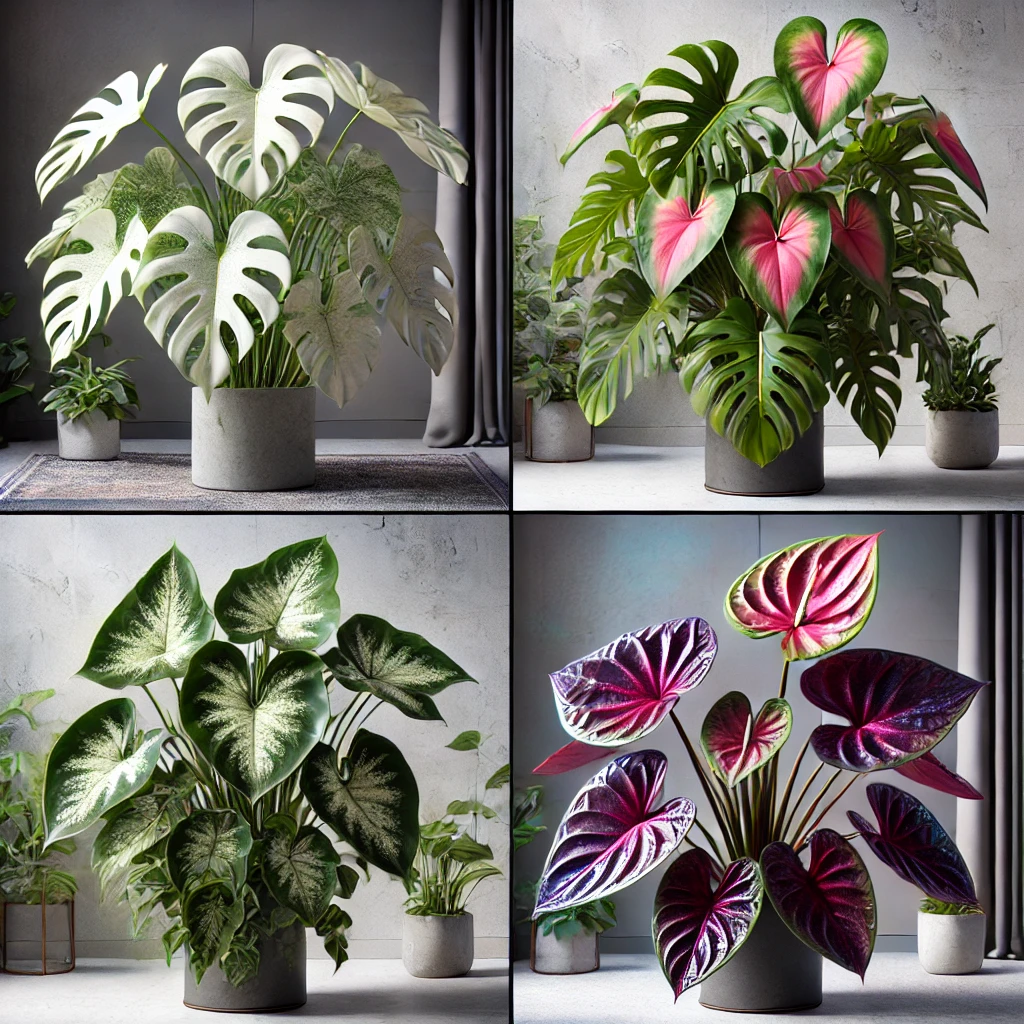
The Emotional and Aesthetic Value of Rare Tropical Plants
More than these physical attributes, the rare tropical plants carry intangible merits towards adding value to their appraisal. For many collectors, this is not a simple hobby; it is a passion, with a lot of satisfaction involved.
The process of nurturing and taking care of the plants is therapeutic; it offers a feeling of accomplishment when it thrives under your hands. More than that, some rare tropical plants adorn the interior with their aesthetic appeal.
Their exotic aspect gives a touch of nature’s richness to the ordinary living room, making it lush and inviting. This kind of emotional and visual value justifies, quite often, the higher cost for those who really know how to appreciate its beauty.
Conclusion: Putting a True Value on Tropical Rare Plants
The understanding of the costliness of rare tropical plants needs consideration regarding the many elements that go into the costing of these particular types of plants. Considering the uniqueness, fancy look, and the rare appearance of such plants, the knowledge required for their growing, and also the transportation problems, it’s more than just greenery; an investment into beauty and nature for your well-being.
While the price tag can be high, many find the joys they give well worth their price. The more one becomes an enthusiast of new things, or even a well-seasoned collector, the more appreciation for the plants’ journey and minute details will really root them into the rare tropical plants.
